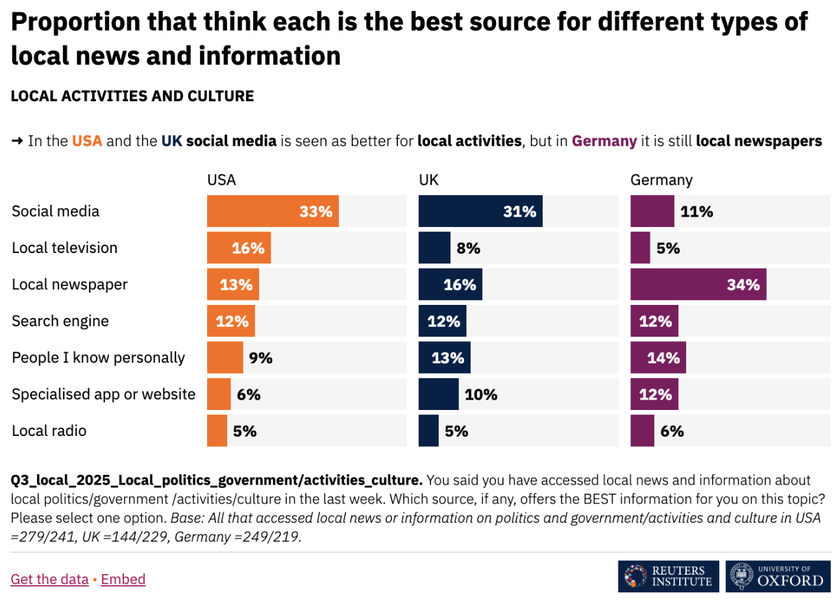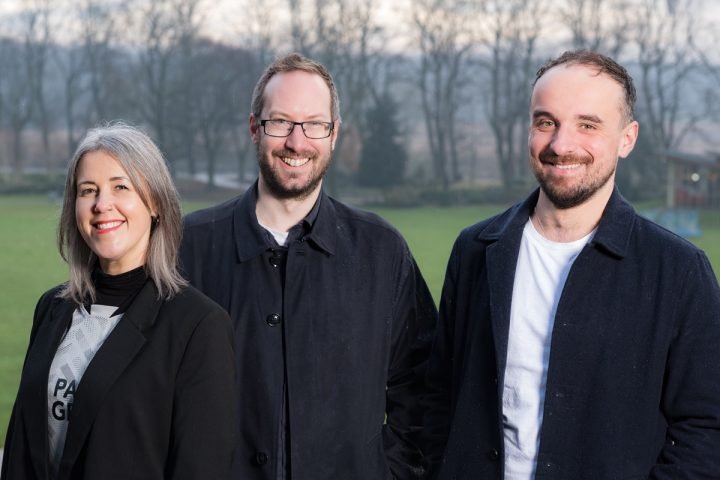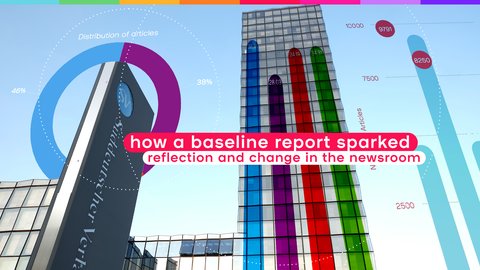Three things we can learn from Blog Preston’s experience
And so back to Blog Preston.
Founded 16 years ago by co-editor Ed Walker, then newly-ish graduated from journalism school, it filled the gap left by a local weekly newspaper, The Preston Citizen, which had recently closed. It has been growing since, and has become a byword for news in the area. As Walker himself says:
“In Preston, people use it as a shorthand. They will just say, “Have you seen it on Blog?” in the same way that they might say “have you seen it in The Echo?”
So what would he like smaller newsrooms to know?
1.Even smaller outlets can benefit enormously from editorial analytics support
When The Guardian or New York Times report their latest technological investment or innovation, it can seem far, far removed from the experience and reach of a town or city publication serving thousands, not millions.
But even with comparatively modest readership figures, it’s possible to reveal insights into audience behaviour through data analysis - and that can inform and shape strategic decisions.
This is absolutely key: having an editorial analytics system, or getting engagement data is one thing, but leveraging those reports into better, more engaging content is something else.
In Blog Preston’s case, they have done this with daily CPI reports. CPI (Content Performance Index, read more here) is a compound metric unique to smartocto (the editorial analytics company this writer works for), but the point here is less about the specific tool, and more about understanding how and why it’s useful.
“Our daily reports look at the previous day’s stories, and they’re ranked by CPI. We’re not that bothered about total page views; we’re much more interested to know which stories and topics are cutting through. Do we need to follow up on those? From what angle? Which user need? We’ll take a careful look at everything scoring over 800 CPI because these are things which clearly engage our audience - and we take that very seriously.
2. Find a business structure that suits your community
“Because we’re committed to remaining free to air, we were always going to have to have some kind of advertising model,” says Ed. When the site was redesigned last year, Ed and the team were keen to ensure that advertising felt like it was integrated into the site, and not feel like it was bolted on.
“We’ve now got the option for people to support us if they want to,” says Ed Walker. “It’s not - emphatically not - a paywall. We set ourselves up as a CIC (Community Interest Company), and we’re part of the city. To suddenly turn around and say you have to pay £6.99, or whatever, to read community stories doesn't fit with our brand. For us, Blog Preston is about getting those stories read and shared and integrated into the community. So framing contributions in terms of ‘membership’ felt better - and felt right.”





